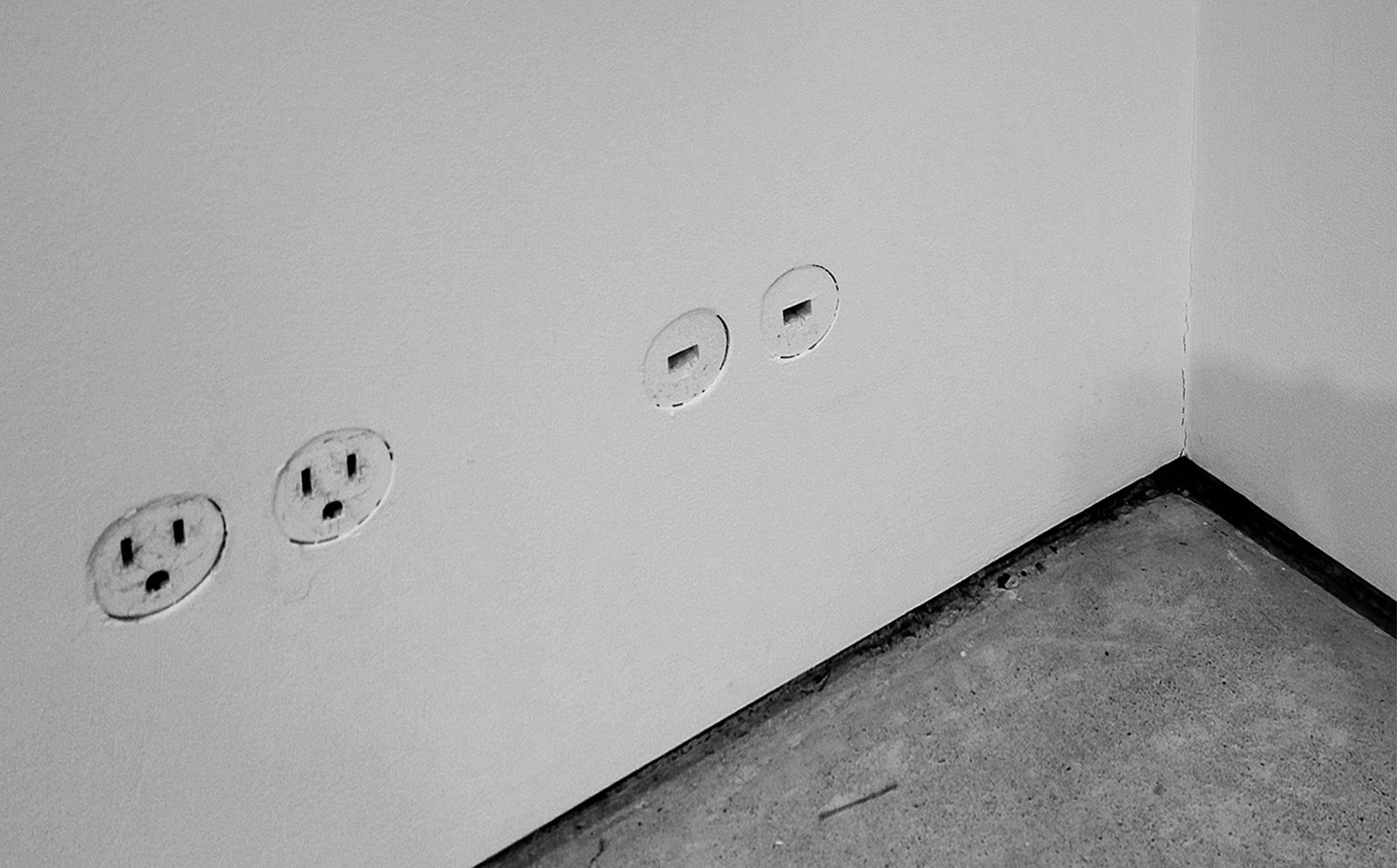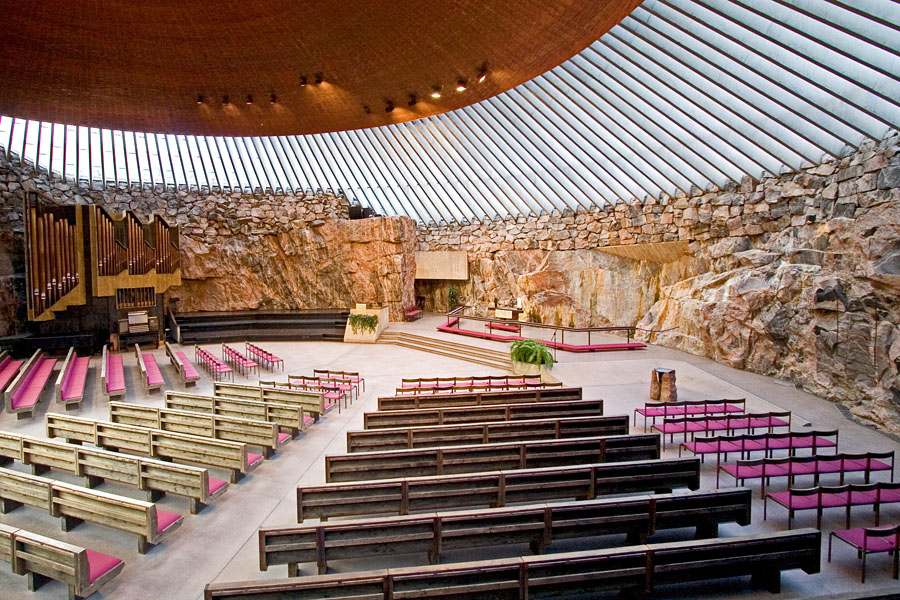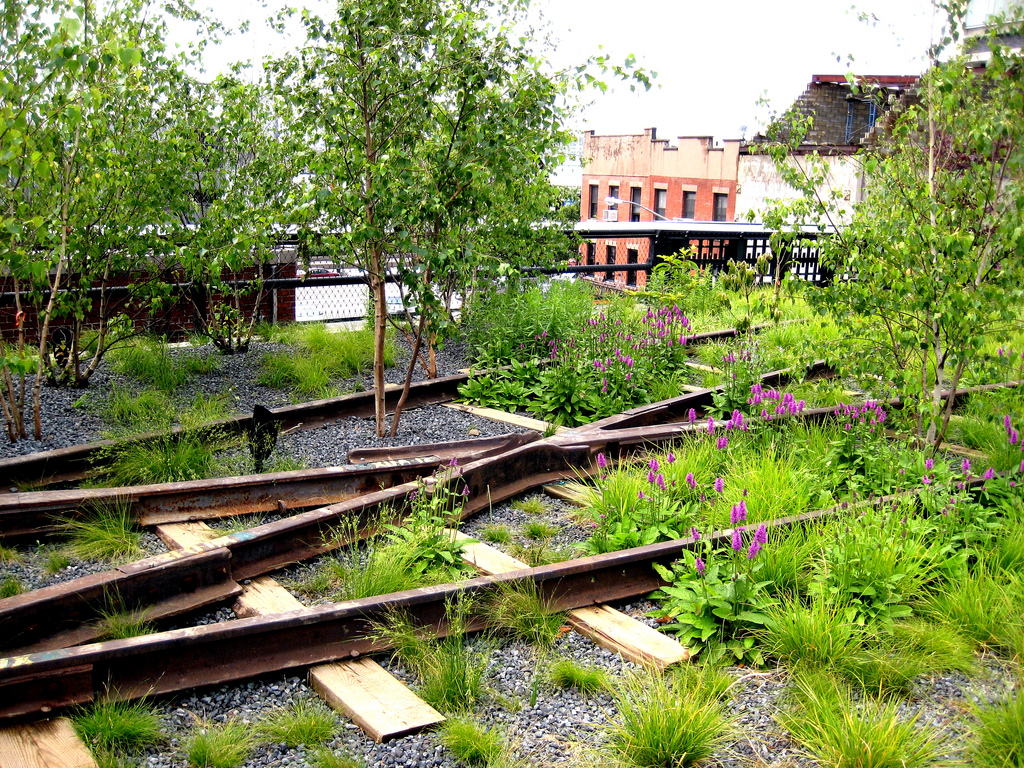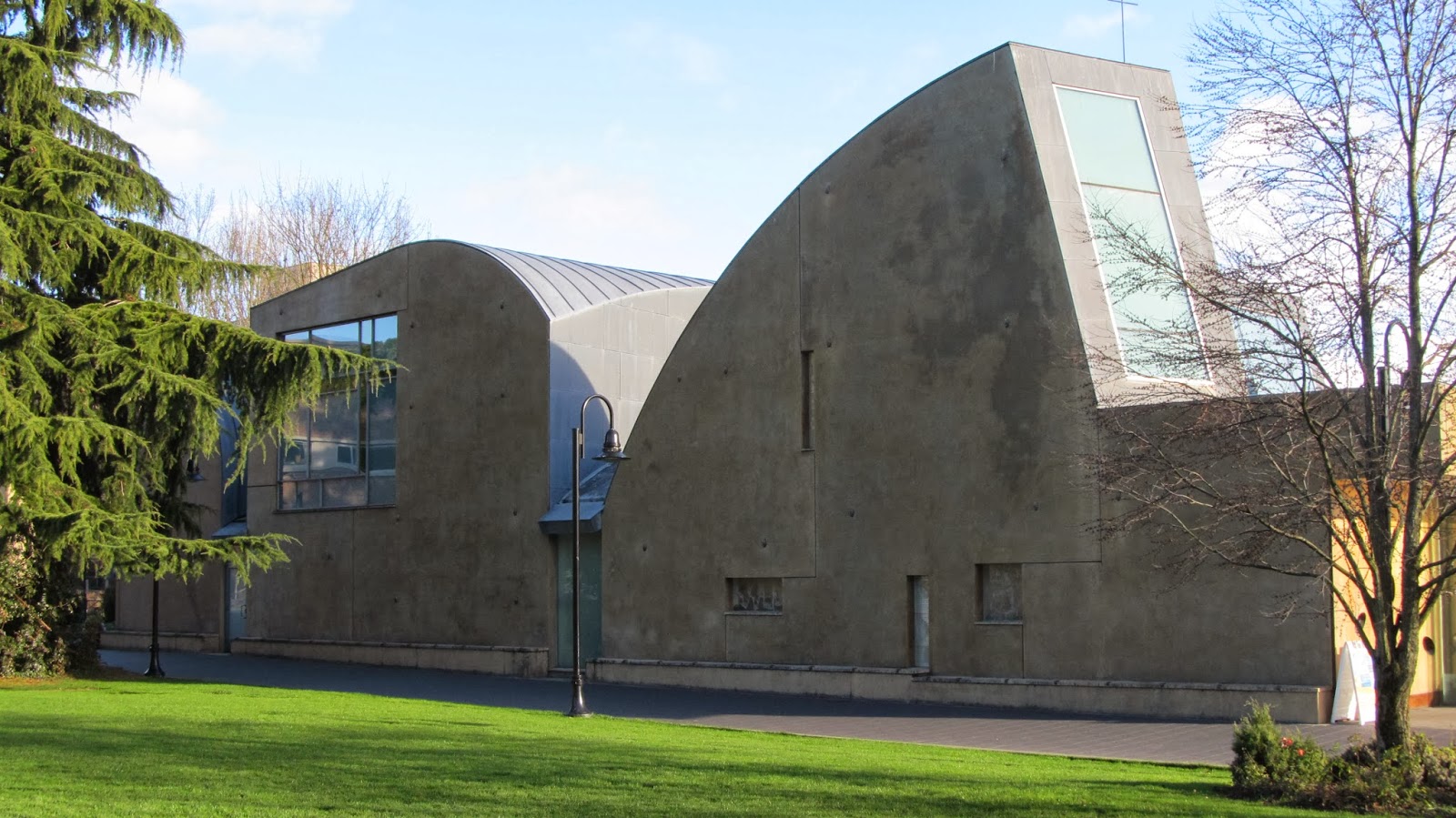
A couple of years ago we were touring an art gallery in Manhattan when we noticed one of the most refined details we had ever seen in our architectural careers. Toward the bottom of the floor were two small cut-outs allowing each circular electrical outlet to protrude out and sit perfectly flush with the face of the drywall. This detail eliminated the cover plate typical of most outlets in western civilization and catapulted the ubiquitous electrical socket to a whole new level. The finished look was extremely minimal and because of its highly tailored aesthetic, this exclusive detail was probably highly touted by the design team. Looking at it and reviewing this detail through our professional lens, we quickly and collectively came to one simple conclusion: This detail is ridiculous.
There are architects in the world who produce expensive, exquisite designs; the details of which are painstakingly executed to the level of near-perfection. It is within reason to say that some of the projects these architects produce would even be considered flawless. Simply put, we are not those architects. There is a sensibility we seek in life that extends to the way in which we work. This sensibility takes many aspects of design into consideration, including cost, usefulness, durability, the value of time, and a respect for the labor it takes to build something. To us, these aspects are every bit as important as what the design looks like when a project is finished. A project that looks “perfect” — but costs a fortune, frustrates all the trades on site, and leaves many project participants a (personal, financial, mental) mess — would be considered a giant FAIL in our opinion. To us, the nature of something is just as important as how it looks.
We’ve decided to broach this topic since there appears to be a strange acceleration of ever-increasing “standards” we’ve noticed between the improving economy and the cross-section of society. We appear to be expecting things in our world to be much more perfect now, something we’ve heard referred to as the “iPhone Syndrome.” For us, we’re starting to see this level of expectation creeping into the world of custom homes that are far from machined and highly controlled via assembly line. In stark contrast, during the great recession we noticed that people were actually happier because they had reasonable expectations. Lately, we’ve noticed that this expectation of Perfection is creating anxiety; it’s driving everyone nuts — clients, architects, contractors, and the trades alike. This has left us scratching our heads: Why have our expectations grown to this level of perfection, almost to the point of demanding perfection? What are the real costs and benefits of going down this road (besides bragging rights)?
It’s important to note that perfection isn’t cheap. The jump from 90% perfect to 95% perfect actually costs something akin to 30% more in the world of custom construction. The leap towards 99% perfection costs twice as much. What many folks may not realize is that any of the perfectly executed examples that are found on glitzy websites and glamorous magazines, start at $800 per square foot and increase from there (as compared to the world we are staking out which is already a pretty darn expensive $250/sf). We don’t want to belabor the point, but we’ve seen the negative feedback loop that increasing expectations and costs create beyond just these substantial dollars.
It’s a perplexing situation and as architects, we can’t help but wonder what’s at the root of it all. Spending 30% more money, effort, and time to come 5% closer to perfection seems counter-intuitive to the goals of good, holistic design. At the same time, we appreciate that it’s expensive to build and along with the sticker shock of new construction, many clients feel this merits a finished product that is nearly perfect. Put the level of expense of a custom home in the context of everyday objects (iPhones, thermostats, toasters, cars) that are achieving a much more perfect appearance, and well, therein lays the root of our conundrum. But custom homes aren’t objects. They’re also not designed once and reproduced hundreds or thousands of times.
We’ve spent our careers creating systems and processes that guide the people who put their trust in us, our clients and vendors, to embrace the hand crafted nature of a custom project. Since we are inclined to manage expectations by nature, we’ve even noticed that we tend to point to the “flaws” (for lack of a better word) on home tours with perspective clients, as they show the obvious overlapping that occurs when many sets of hands have touched a part of a project. More importantly, we want to emphasize the process of custom construction that simply differs from the manner in which other objects in our world are made.
So, we feel like we’re at an important crossroads now and we need to reclaim the sensible perspective. The line of “acceptable” still exists out there, it’s just a matter of returning to a reasonable and achievable bar. It requires keeping both feet on the ground and finding the beauty in the imperfect. It’s possible to be happy with the perfectly imperfect, some might even say it’s even better. That’s where the soul and poetry can be found.
Concrete has color variations, wood expands, and steel has an inherent texture. These characteristics can be fought and defied, but only temporarily. Nature is constantly working to be what it already is. With more reasonable and sensible expectations, and remaining in touch with the natural world around us, these characteristics can just as easily be recognized as beauty.
Looking to our most favorite examples of architectures around the globe and throughout time, it is exactly the perfectly imperfect that makes these projects so enjoyable. From the Temppeliaukio Church which is set into a jagged rock outcropping in Helsinki …

[Photo source: Toinen Linja]
… to the patina of the preserved steel rails on Manhattan’s High Line …

[Photo source: The Highline]
… to the tarnished concrete walls of St. Ignatius Chapel right here in Seattle, it is the acceptance and appreciation of natural processes and imperfection that make these projects so extraordinary.

[Photo source: Color Me Mod(ern)]
There’s a win-win outcome within our grasp. We just have to choose it powerfully and deliberately.
Keep both feet on the ground, and cheers from Team BUILD





